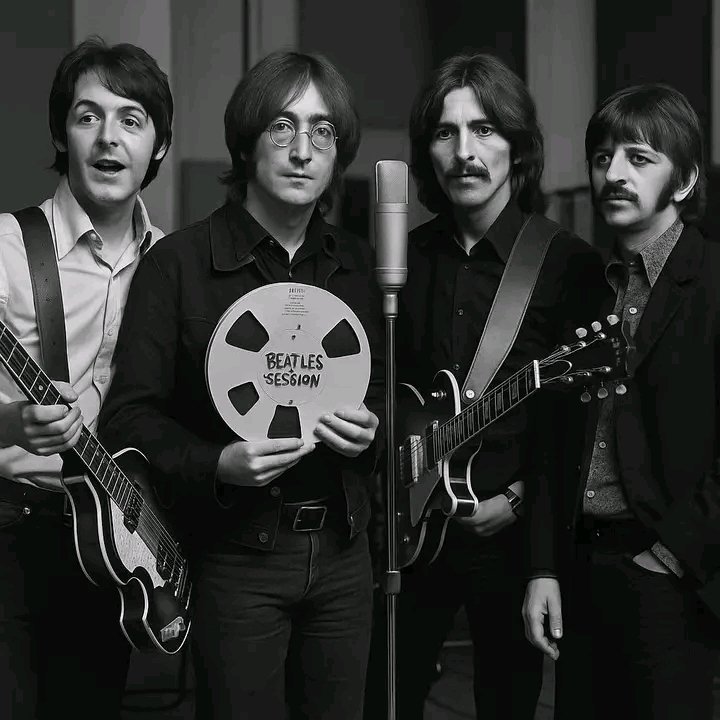From humble beginnings, The Beatles achieved something remarkable.
While their triumph defied the odds, it was also because of those humble beginnings that they proved so transcendent. Their greatest strength, above all else, was that they were the very definition of a band. That ‘old friends’ spirit magically galvanises their work with a wistful majesty: they were the proverbial Fab Four in more than just name.
Honesty, communion and fun abound in their work, imbuing it with a sincerity that only friendship can impart. There is an ethereal air of ineffable comfort about the way that they operated, and it embellishes their music with an intangible edge. That was always set to mutate somewhat in maturity; that’s life. You get older, and even your relationships with your very best friends change.
However, when this juncture arrived for the band, the sense of creative comfort that they had built up over the years served them very well. The fact that they hailed from a humble start and found themselves the benefactors of working relationships that elevated their art, both among themselves and with the likes of George Martin, meant that they were never afraid to welcome trusted friends into the fold.
While Martin may well have described the band as four pillars of a castle, they certainly were no strangers to visitors; Martin himself may be considered the chief courtier. But then there were also the likes of Yoko Ono, Billy Preston, Nicky Hopkins, and a string of others who helped establish their kingdom of greatness. This knack for collaboration then became vital when the castle dissolved and they were tasked with rebuilding their empires from a solo standpoint.
The only musician to play on solo albums with all four Beatles
Thankfully, their contact book was fairly flush with potential names. So, when George Harrison was looking to recapture the magic he once had experienced in the studio when he got to work on All Things Must Pass, he turned to a man who had done that very same thing for the Fab Four.
During the recording of the White Album, Harrison felt adrift and the searing creativity of the group was becoming entangled with disillusionment. So, he invited his friend Eric Clapton along to shake things up. In a bold and utterly ego-less move, he wanted his buddy to record one of the greatest solos he would ever write, and take the lead on ‘While My Guitar Gently Weeps’.
Harrison would later recall, “What happened when Eric was there on that day, and later on when Billy Preston … I pulled in Billy Preston on Let It Be… it helped. Because the others would have to control themselves a bit more. John and Paul mainly because they had to, you know, act more handsomely.” And it worked. By all accounts, the atmosphere in the studio was a steady one, and everyone was suitably awed by Clapton’s guitar talents.
In short, Clapton’s presence simply ensured that alongside flowing creativity, there was a sense of discipline and open-mindedness. Harrison needed that same mindset to be present as he got to work on his 1970 record, so Clapton proved to be the perfect fit. Harrison once again allowed him to take the lead on several tracks on his solo debut, and it quickly ensured that he would become the first Beatle to have a solo number one album and single.
Clearly, John Lennon was also thinking along similar lines. In 1969, with the announcement of the split imminent, Lennon brought Clapton in to record ‘Cold Turkey’. Ironically, despite working with him again on his Live Peace in Toronto album, he wasn’t actually best pleased with his Clapton collaboration. “Clapton choked up,“ he later said, and expressed that he had wished he’d hired Rick Nielsen of Cheap Trick instead.
Further down the line, Ringo Starr and Paul McCartney would also work with Clapton on various projects over the years, making him a firm figure in the band’s lore even in their break-up years. In some ways, his relationship with the Fab Four is a testament to why they were so magical: they knew class when they saw it, and worked with it in their own unique way.
